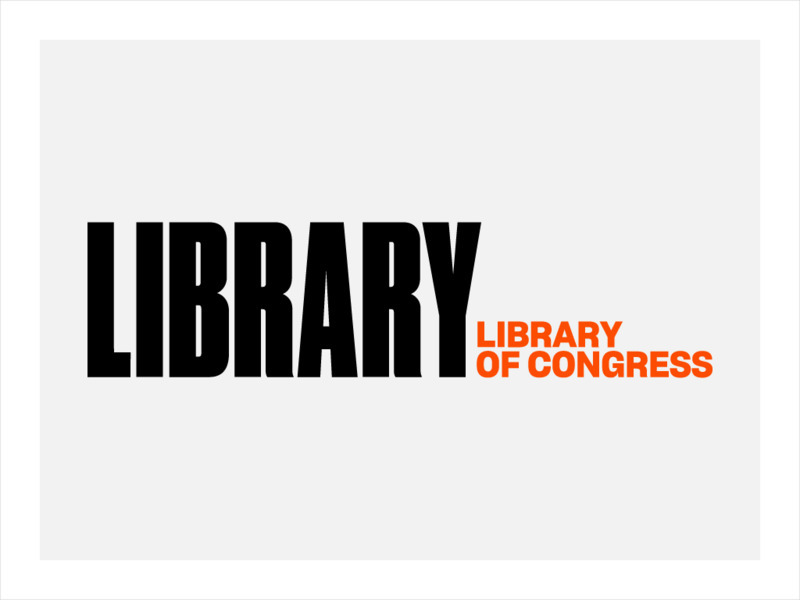Hi, what do you want to do?
Library of Congress
Loc: congress.gov: The Legislative Process
A collection of short videos that explain the different stages of the legislative process, including the introduction and referral of bills, debate by a committee, placement on a calendar for discussion about whether it will be sent to...
Library of Congress
Loc: congress.gov: The Legislative Process: Introduction and Referral of Bills
Bills can be suggested in a myriad of ways, but only members of each chamber can officially introduce legislation. In the House, a bill is introduced when it is dropped in a hopper, and in the Senate, a bill is submitted to clerks on the...
Library of Congress
Loc: congress.gov: The Legislative Process: Committee Consideration
Congress receives many bill referrals over the course of a term. How do they decide which bills will make it to the house floor? Committees hold this power and play an important role in deciding which bills get debated by Congress. Watch...
Library of Congress
Loc: congress.gov: The Legislative Process: House Floor
Learn about the procedures followed by the House of Representatives when debating a bill. Watch the video or read the transcript which describes the committees and a variety of procedures the House follows. A chart of the legislative...
Library of Congress
Loc: congress.gov: The Legislative Process: Executive Business in the Senate
The Senate has two unique responsibilities: the power to make treaties and the power to confirm presidential nominees. View this video to understand how these powers fit into the legislative process. A transcript is provided, along with...
Library of Congress
Loc: congress.gov: The Legislative Process: Resolving Differences
A bill must be agreed upon by both chambers before being submitted to the President. This brief video describes how the House and Senate resolve their differences. A transcript is provided, along with a chart of the entire legislative...
Sophia Learning
Sophia: How to Read a Writing Assignment
This video lesson focuses on how to read and understand a writing assignment. It begins by defining keywords used in assignments: analyze, compare and contrast, evaluate, describe, and propose. Then using a sample assignment, it...
Backstory Radio
Back Story Radio: Stuck: A History of Gridlock
BackStory episode examines the topic of legislative standoffs in Congress by looking at the history of Congressional gridlock and evaluating the outcome. Audio and transcript are provided.
PBS
Pbs Learning Media: Academic Vocabulary in the Common Core: An Introduction
This series of video segments explains the importance of academic vocabulary in the common core curriculum. The video segments included highlight the three tiers of vocabulary [1:35], the role of vocabulary in the common core curriculum...
Annenberg Foundation
Annenberg Classroom: The Legislative Process: How a Bill Becomes a Federal Law
Video [19:00] in which Senator Diane Feinstein and Representative Pete Sessions discuss with a group of high school students the legislative process. An informative explanation with visuals and anecdotal information to support...
PBS
Pbs Learning Media: Founding Principles: The Judiciary
Learn about how the Judicial Branch works. How does the Supreme Court interpret the Constitution? What's the difference between a "living" and "dead" Constitution? Is the power of judicial review established in the Constitution? In this...
PBS
Pbs Learning Media: Founding Principles: Congress
Learn more about Congress and why it's so important for a healthy democracy. Through a study of foundational documents like the Constitution and completing a careful analysis of lawmaking (and lawmakers!) students learn why Congress is...
PBS
Pbs Learning Media: Founding Principles: Lawmaking
Learn about the details of lawmaking- how it works and how it sometimes doesn't work. Students watch video, examine the lawmaking process and pay special attention to recent Congressional filibusters. [12:56]
Khan Academy
Khan Academy: How a Bill Becomes a Law
This video lesson from Khan Academy discusses how a bill becomes a law. This lesson is intended for students taking high school or college level American Government and Civics courses, including the AP Government course.
PBS
Pbs Learning Media: Crash Course Government and Politics: How a Bill Becomes a Law
The process of how a bill becomes a law can be pretty complex. As if just getting through committee isn't difficult enough, bills have to navigate a series of amendments and votes in both houses, potentially more committees, further...
PBS
Academic Vocabulary in the Common Core: High School Career & Technical Ed.
These video segments examine the integration of domain-specific vocabulary in technical education course, a construction core class. The teacher demonstrates how to introduce the new vocabulary in the first segment via a complex course...
Center For Civic Education
60 Second Civics:the Elements of Democracy Part 86:features of Constitutionalism
Today we learn some of the key features of constitutionalism.
Center For Civic Education
60 Second Civics: Rights in British History Pt. 13: American Constitutionalism
What Americans got from the English Bill of Rights: rule of law, parliamentary supremacy, government by contract and consent, and balance of powers.
Center For Civic Education
60 Second Civics:the Three Branches of Government:broad Versus Enumerated Powers
How broad should be the powers of Congress? The Virginia and New Jersey plans proposed different visions of legislative power.
Center For Civic Education
60 Second Civics: How Congress Functions: Pt. 15: Resolutions
Resolutions in Congress can be simple or joint. They can be proposals for laws, for constitutional amendments, or for other matters.
Center For Civic Education
60 Second Civics: How Congress Functions: Pt. 16: How a Bill Becomes a Law
The lengthy process a bill must go through before it becomes a law is explained.
Center For Civic Education
60 Second Civics: How Congress Functions: Pt. 18: Mark Up Sessions
Mark-up sessions are committee meetings that happen at a later stage in the process a bill goes through before a final vote in the Senate or the House.
Center For Civic Education
60 Second Civics: How Congress Functions: Pt. 19: Conference Committees
A conference committee is comprised of members from both chambers of Congress. It tries to resolve differences between the House and the Senate over the content of a bill. It issues a conference report to both chambers for a vote.
Center For Civic Education
60 Second Civics: How Congress Functions: Pt. 21: Majority Support
At every stage in the process of becoming a law, a bill is scrutinized and must have majority support for it in order to be moved along.














